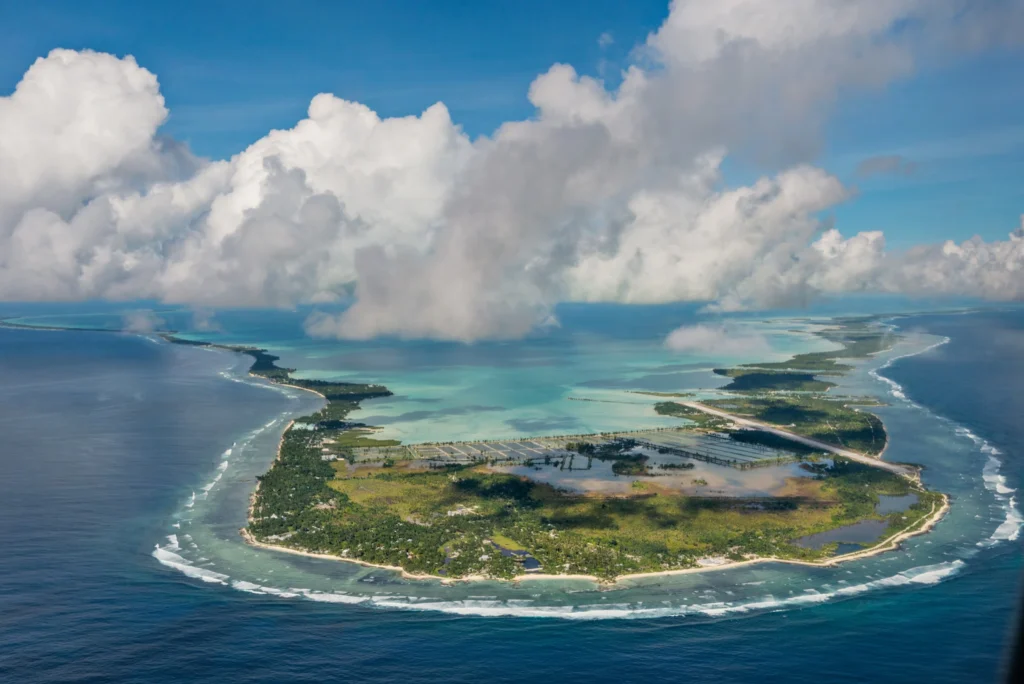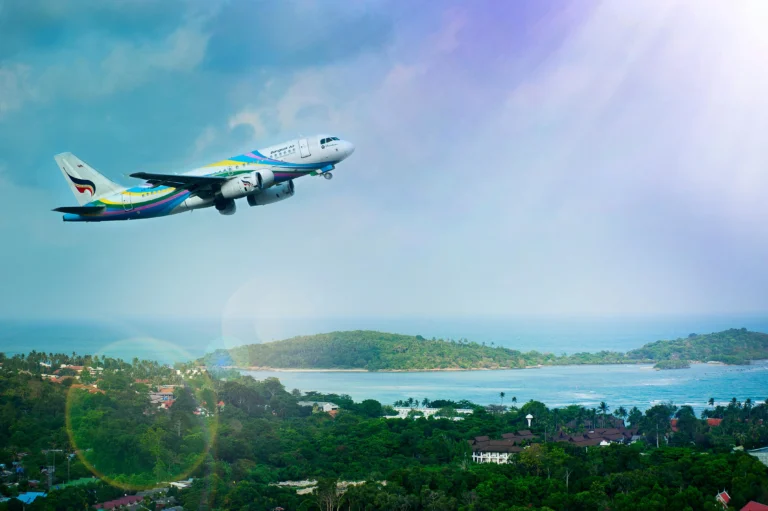Ever heard the phrase “catching a flight” to your next destination? Well, for a select group of countries, that expression falls flat—literally!
In a world where airports seem as common as coffee shops, a handful of nations have decided, “Nah, we’re good without runways, thanks!” These aviation-free zones aren’t hiding from the modern world; they’ve just found alternative ways to welcome visitors who don’t mind putting in a little extra effort to reach them.
In a world obsessed with speed and convenience, these 6 countries remind us that sometimes the best destinations are worth the extra effort. <3

1. Andorra
Andorra lies in the Pyrenees between Spain and France and is the largest country by both population and land area without an airport. At just 468 square kilometers, this principality packs in stunning mountain vistas, excellent ski resorts, and duty-free shopping, but not a single runway.
The mountainous terrain makes airport construction both challenging and impractical, though the country does maintain three private heliports, including one for hospital services.
Visitors hoping to experience Andorra’s charms typically fly to nearby airports in neighboring countries. The closest option is the conveniently named Andorra-La Seu d’Urgell Airport (LEU), just 12 kilometers away in Spain. From these hubs, travelers complete their journey by road—the scenic route becomes part of the adventure.

2. Liechtenstein
Sandwiched between Switzerland and Austria, Liechtenstein covers just 160 square kilometers of Alpine landscape. Despite its wealth and modern infrastructure, it manages quite nicely without airports, though it does have a heliport in the southern town of Balzers for those who prefer their arrivals with a bit more flair.
Most visitors to Liechtenstein fly into Switzerland’s Zürich Airport (ZRH), then take a train to border towns like Buchs or Sargans before catching a postal bus into the Country. Closer options with limited flight schedules include St. Gallen-Altenrhein Airport in Switzerland (ACH) and Friedrichshafen Airport (FDH) in Germany, but they offer fewer connections. The country is so small that once you’ve arrived, you could walk across its entire width in a few hours.

3. Monaco
Despite Monaco’s famous Formula 1 racing culture, the tiny country has 0 airports! Perhaps showing up on a plane would be too boring for a place that loves fast cars so much.
Monaco, the playground of the rich and famous, spans just 2.02 square kilometers of prime coastal real estate. With space at such a premium that buildings climb upward rather than outward, there’s simply no room to squeeze in runways between the casinos and luxury apartments.
Instead, the principality offers a heliport in the Fontvieille district, letting visitors arrive in style with a seven-minute helicopter hop from Nice Airport (NCE).
Most visitors arrive via Nice Côte d’Azur Airport (NCE) in France, located just 30 kilometers away along the stunning French Riviera coastline. From there, options include a helicopter service, private car transfers, or the scenic coastal train.

4. San Marino
Surrounded by Italy, the ancient republic of San Marino claims to be the world’s oldest sovereign state, dating back to 301 CE. Perched atop Mount Titano, this 61-square-kilometer nation operates without an airport, though it does maintain a heliport in Borgo Maggiore for special arrivals.
The country also has a small airfield called Torraccia with a 680-meter grass runway, but no commercial flights operate here—it’s mainly used by aviation enthusiasts and for emergency services. For regular travelers, Italy’s Federico Fellini International Airport (RMI) in nearby Rimini (just 16 kilometers away) serves as the gateway to San Marino, with the larger Bologna Guglielmo Marconi Airport (BLQ) offering more international connections about 130 kilometers away.
The absence of an airport somehow feels appropriate for a nation that has maintained its independence for over 1,700 years—San Marino has always done things its way, including how visitors arrive at its medieval gates.

5. Vatican City
The world’s smallest sovereign state, Vatican City, encompasses a mere 0.44 square kilometers within Rome, making it physically impossible to accommodate an airport. When your entire country can fit inside most international airports with room to spare, aviation facilities become somewhat redundant.
The Holy See does maintain a heliport in its western corner, used exclusively by visiting heads of state and Vatican officials. This small landing pad has seen its share of papal arrivals and departures, though Pope Francis famously prefers more humble transportation when possible.
Visitors to Vatican City—and there are millions annually—fly into Rome’s airports, either Ciampino-G.B. Pastine International Airport (CIA) or Leonardo da Vinci-Fiumicino Airport (FCO), before taking ground transportation to St. Peter’s Square.
Given that you can walk across the entire country in about 20 minutes, the lack of internal flights hardly poses an inconvenience.

6. Kiribati
Republic of Kiribati (pronounced “Kiribas”) presents a unique case in our airport-free collection. Unlike the other nations on this list, Kiribati does technically have some air access—Bonriki International Airport (TRW) serves the capital island of South Tarawa.
However, the majority of this archipelago nation, consisting of 33 atolls and reef islands scattered across 3.5 million square kilometers of ocean, remains unreachable by air.
Most of Kiribati’s outer islands have no airstrips whatsoever, making boats the only practical means of transportation. When your country crosses the International Date Line and spans all four hemispheres, traditional notions of connectivity take on a new meaning. Local ferries, cargo ships, and private boats serve as the main transportation network.

The Art of Arrival Without Airstrips
These 6 nations represent a fascinating counterpoint to our aviation-dominated travel culture. While lacking airports might seem like a limitation, each country has adapted in ways that preserve its unique character while remaining connected to the wider world.
For travelers accustomed to the monotonous efficiency of modern airports, visiting these countries offers a refreshing change of pace. Perhaps there’s something to be said for these alternative approaches to international arrival. No baggage carousels, no duty-free mazes, no announcements about unattended luggage—just the gradual transition from one culture to another that was once the hallmark of meaningful travel!
So, the next time you’re planning a trip and find yourself groaning about layovers, perhaps consider one of these runway-free realms instead. After all, who needs to “fly directly” when you can arrive with Instagram stories that don’t involve flight delays and middle seats?
Stay tuned with us. Further, follow us on social media for the latest updates.
Join us on Telegram Group for the Latest Aviation Updates. Subsequently, follow us on Google News

